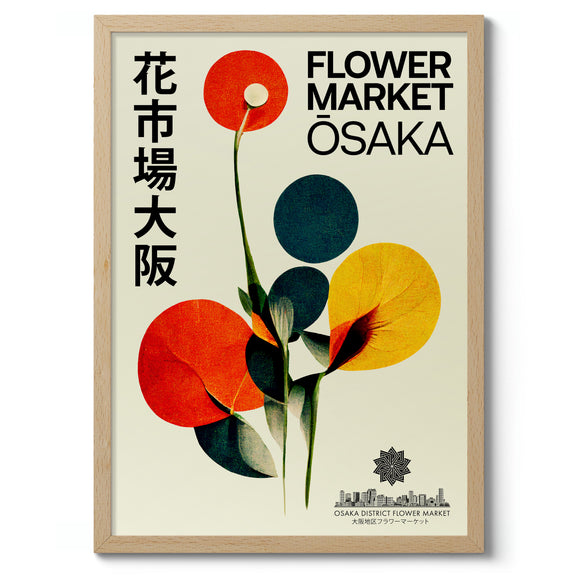The harmonious coexistence of cultures often yields extraordinary creative results, a phenomenon abundantly present in the artistic expression known as “East Meets Modern.” One of the exquisite examples of this cultural amalgamation is found in the exploration of Shofuso, a traditional Japanese house nestled in the lush landscapes of Philadelphia’s Fairmount Park. Servicing as a bridge between the authenticity of Eastern aesthetics and the boldness of Modernism, Shofuso serves as both a relic and a contemporary canvas, illustrating the profound dialogue between two worlds.
As you step into Shofuso, you are greeted by a carefully curated mixture of structure and nature. The house itself is an embodiment of traditional Japanese architecture, featuring tatami mat flooring, sliding shoji screens, and a captivating koi pond. Yet, it isn’t merely a museum piece; rather, it’s a vibrant space that encourages exploration. Visitors will find themselves absorbed not just in the physicality of the space but in the serene atmosphere that echoes the philosophies underpinning both Eastern and Modernist aesthetics.
One cannot help but marvel at how Shofuso provides a window into the soul of Japanese culture. The chashitsu, or tea room, is perhaps the most poignant representation of this. Its design promotes simplicity and tranquility; these are qualities resonant in both Eastern traditions and the principles of Modernist design. The act of participating in a tea ceremony here allows one to experience mindfulness—the heart of Zen philosophy—intertwined with the stark minimalism that Modernists often championed. Sounds of nature filter through the window-sliding screens, diminishing the barriers between inside and outside, a characteristic cherished in both traditions.
In this explorative synthesis, one might ponder, how do art and architecture reflect the cultural ethos of their time? Shofuso, with its sweeping lines and organic forms, links the landscape to the built environment exquisitely. The exterior blends seamlessly with its botanical surroundings, reminiscent of the Japanese concept of “shakkei,” meaning “borrowed scenery.” What’s fascinating is the way this integrates with Modernist ideals that sought to forge connections between the occupant and their environment, ultimately redefining spatial narratives.
Visitors can expect educational programming that delves into the narrative behind Shofuso’s construction and its historical significance. Originally built in 1953 for the Japanese Pavilion at the World’s Fair, this house exemplifies the post-war fascination with Japan in the West—a yearning for simplicity and peace reflected in Modernist sentiments. Guided tours and lectures facilitate discourse around the cross-pollination of ideas during this expansive era of design. Those who engage in these experiences leave not merely with a visual impression but with a nuanced understanding of how cultural narratives shape spaces.
In addition to lectures and tours, Shofuso hosts seasonal festivals and workshops that celebrate both Japanese traditions and modern interpretations of these practices. During cherry blossom season, for example, the grounds explode with color as families gather for picnics under the blooming sakura trees, orchestrating a symphony of laughter against the backdrop of such delicate beauty. Such events invite an interaction that transcends mere observation; they cultivate a participatory spirit wherein the philosophies of both East and Modernism can be appreciated and practiced, adding layers to the visitor experience.
Shofuso also serves as a compelling case study for architects and interior designers. The way space is utilized within the confines of the house showcases a remarkable efficiency reflective of Japanese architectural principles, while simultaneously offering insights into how these traditions can inform contemporary practices. An appreciation for light, texture, and proportion becomes evident, encouraging dialogue on how modern designs can borrow from age-old methods. Imagine a New York loft adorned with tatami accents, or a Scandinavian home with a zen garden; the possibilities are boundless when these artistic philosophies meld.
Moreover, the relationship between Shofuso and its visitors transforms it into a living entity, a site where local community and global cultures intersect. By examining the common themes running through both Japanese and Modernist works—such as the emphasis on community, functionality, and the interplay of natural and constructed environments—one is compelled to consider the ramifications of these intersections in the contemporary world. Such connections are particularly poignant in an age characterized by globalization, where cultural exchanges become the bedrock of new artistic movements.
Visitors interested in aesthetics and artistic philosophies will find that the tranquility of Shofuso offers respite from the frenetic pace of urban life, fostering introspection. This serene atmosphere encourages one to mull over the implications of design choices on daily living. What does it mean to create a space that evokes peace? How can modern living reinterpret traditional sensibilities? These are the questions prompted by a visit to Shofuso, making it not just a destination but a catalyst for deep personal reflection.
In conclusion, “East Meets Modern: A House in the Garden” is more than a mere phrase. It is an experiential journey that spans centuries and traverses continents, capturing the essence of two diverse cultures converging in harmonious beauty. Through Shofuso, visitors embark upon an exploration of history, design philosophy, and cultural exchange, enriching their understanding while reveling in the splendor of architectural ingenuity. As the dialogue between East and West continues to flourish, spaces like Shofuso remind us that the intersections of our heritage can illuminate paths forward for future generations.
